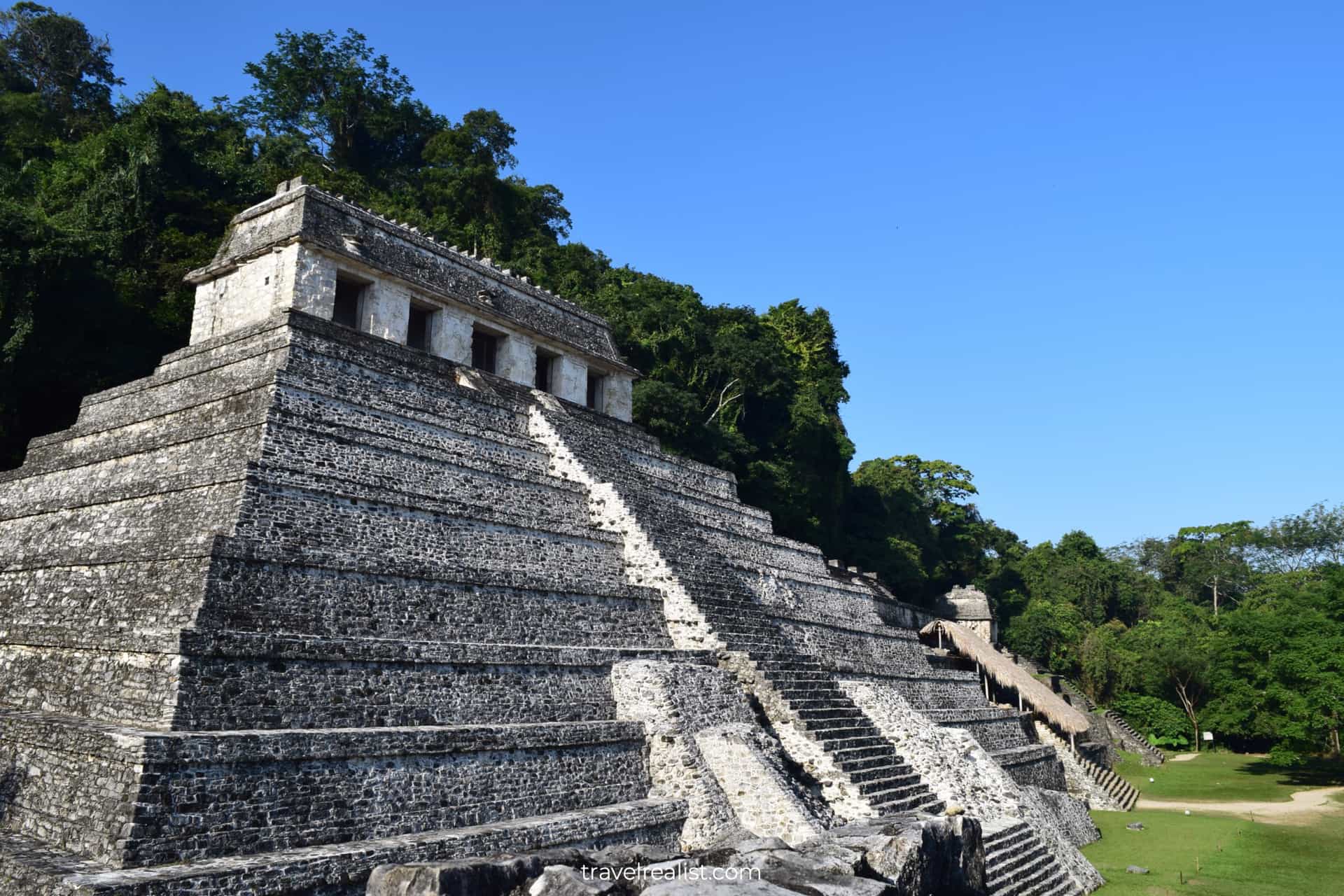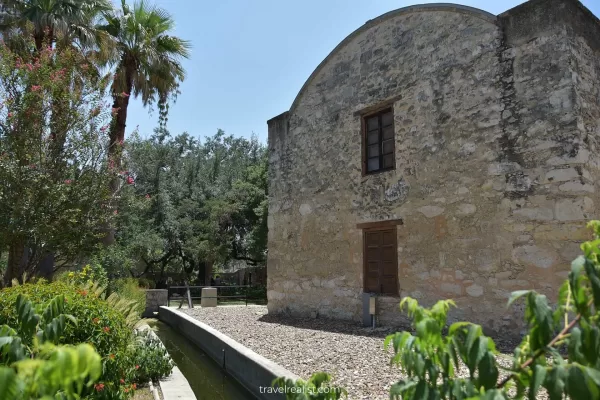Muleshoe Bend: Bluebonnets Fields & Biking Trails
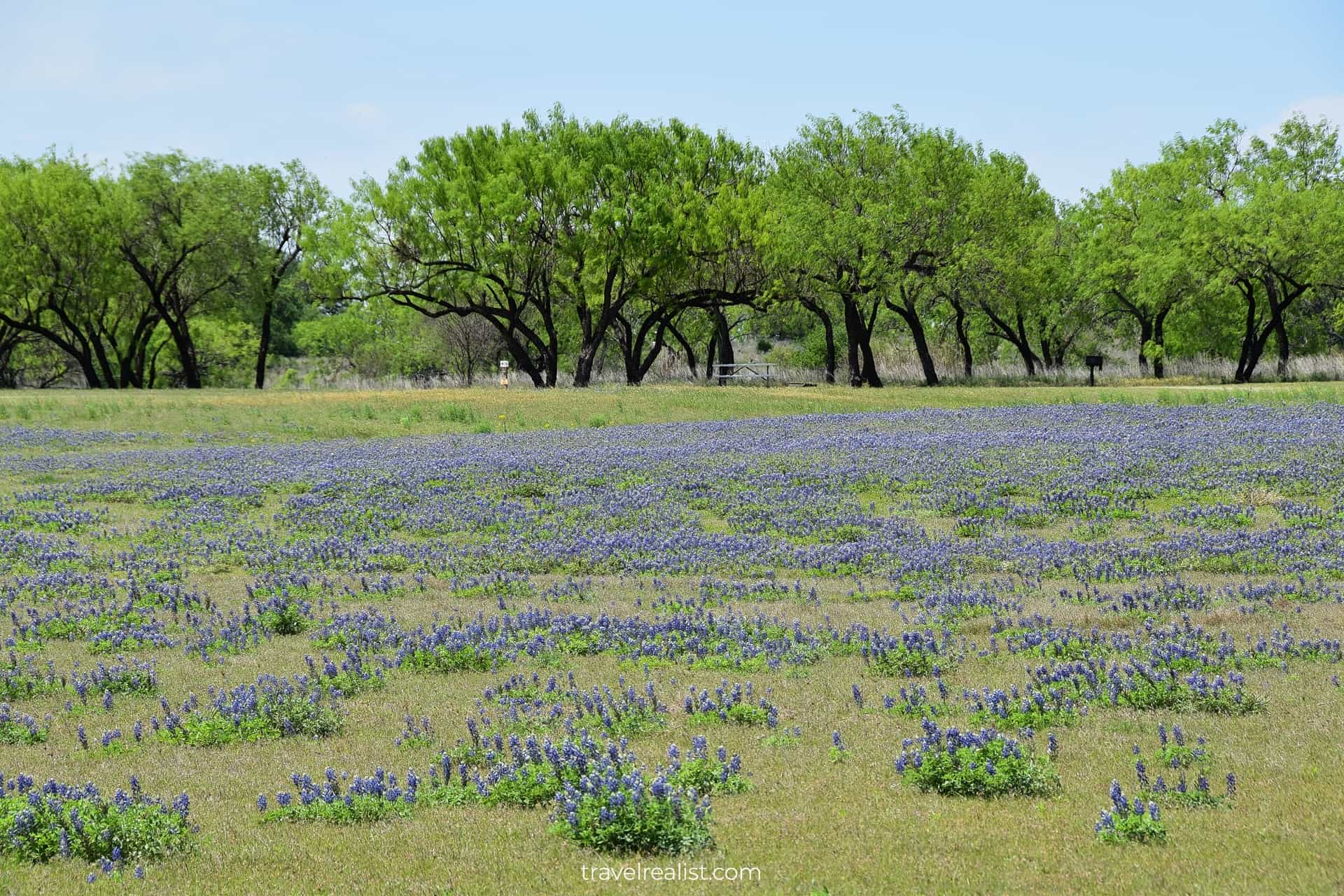
This realistic Muleshoe Bend Recreation Area Guide helps you plan your next adventure in this park.
Muleshoe Bend is a park of Lower Colorado River Authority (LCRA) in Central Texas. This river park has scenic wildflower fields, technical multiuse trails, and amazing water sports.
This post includes affiliate links that will earn us commission if you make a purchase via these links.
Sights & Places of Interest
Most visitors come to Muleshoe Bend Recreation Area in the spring and summer. This park is one of the best spots to see bluebonnets. Cooler weather is also perfect for hiking and mountain biking.
Summer is another busy season in the park. Visitors drive to Muleshoe Bend to enjoy the refreshing waters of Lake Travis then. Water sports, picnicking, and camping round up the list of activities.
The next few sections of this Muleshoe Bend Recreation Area Guide cover each activity in detail. Get ready to learn about places and things that make Muleshoe Bend a worthwhile destination.
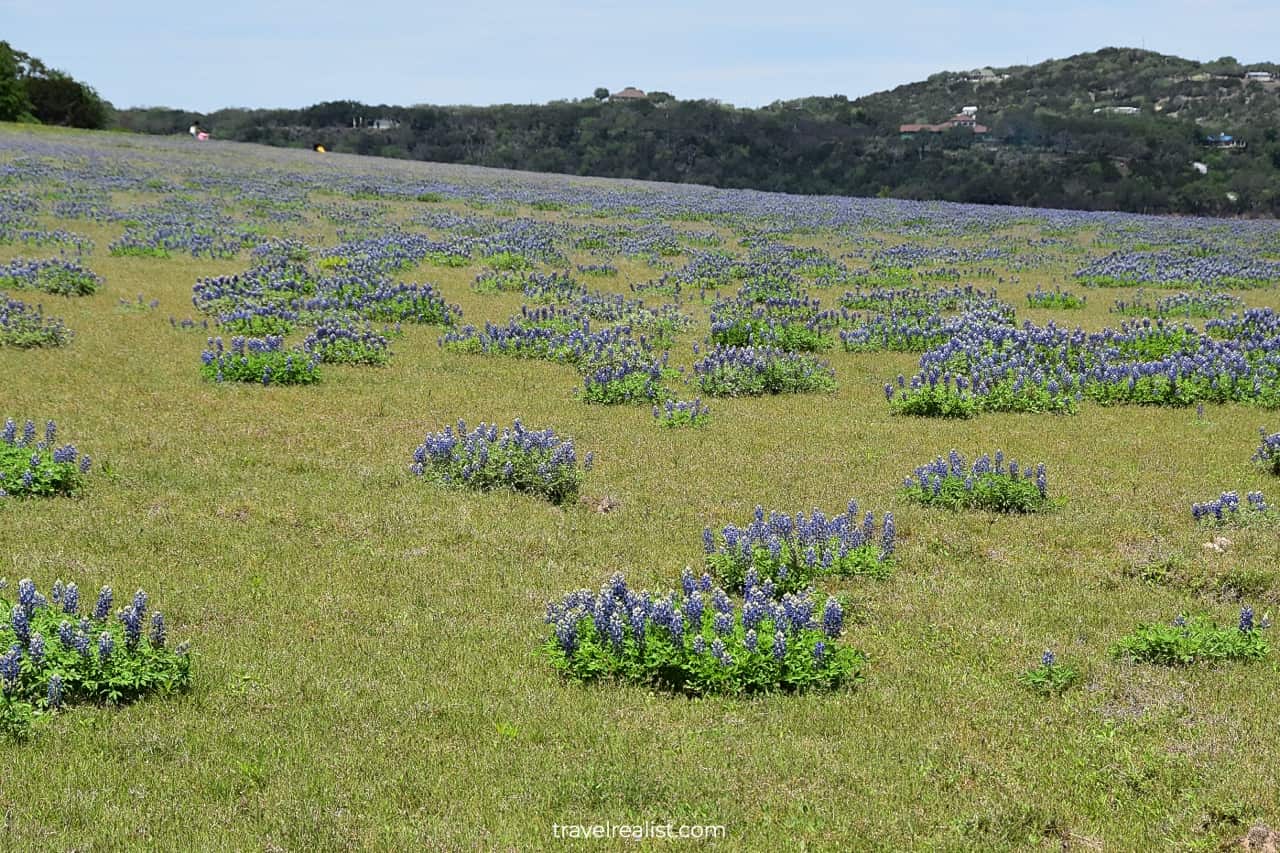
1. Admire Bluebonnet Fields
Without a doubt, bluebonnet fields are the main attraction of Muleshoe Bend. These wildflower fields on the shores of Lake Travis set it apart from other parks in the area.
You could expect to see nearly endless fields of bluebonnets almost every year. It is quite a sight to see if you visit Muleshoe Bend when these flowers are in bloom.
Drive to the shores of the Colorado River. The river hills are home to most bluebonnets in the park. You could take great photos with the wildflowers and the river in the background.
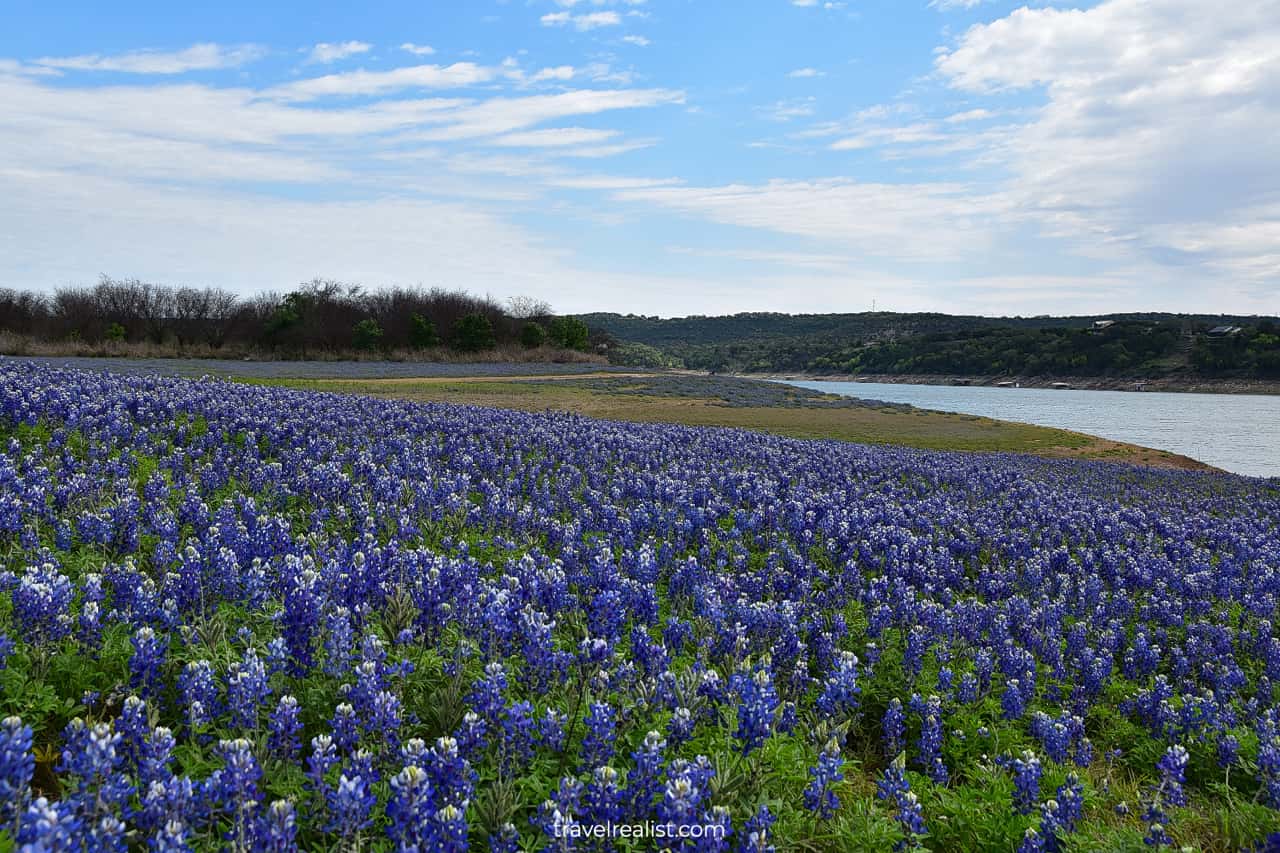
You need to time your Muleshoe Bend visit well to get the best views of bluebonnets. There is no park wildflower watch report like at Lost Maples during fall foliage.
Therefore, you need to do your own research. It is easier than it sounds. All you should do is search for recent photos of Muleshoe Bend on Google Maps and social media.
This way, you could check the current state of wildflowers in the park. If there are a lot of flowers of an intense blue color, the bluebonnets are near or at their peak. This is a great time to drive to the park.
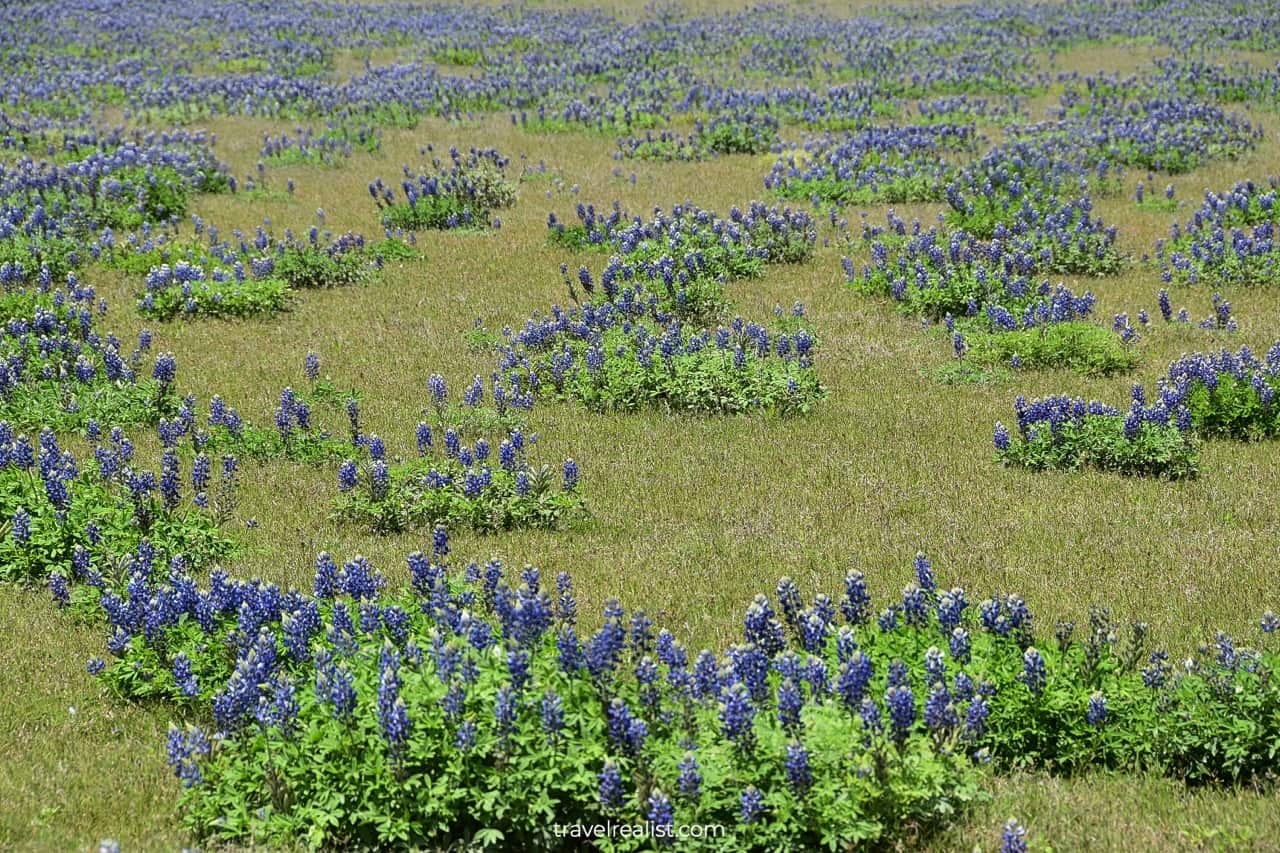
Be as gentle as possible when taking pictures in the bluebonnet fields. It is very easy to step on the flowers and damage the plants. Take things slow to avoid any issues.
There are usually patches of grass next to the bluebonnets. Use these areas to step and sit. It is the easiest way to save the wildflowers for the future.
These fields are there for more than enjoyment of the park visitors. They also form a natural habitat for insects. You could often see ladybugs, bumblebees, and bees in these fields if you look close enough.
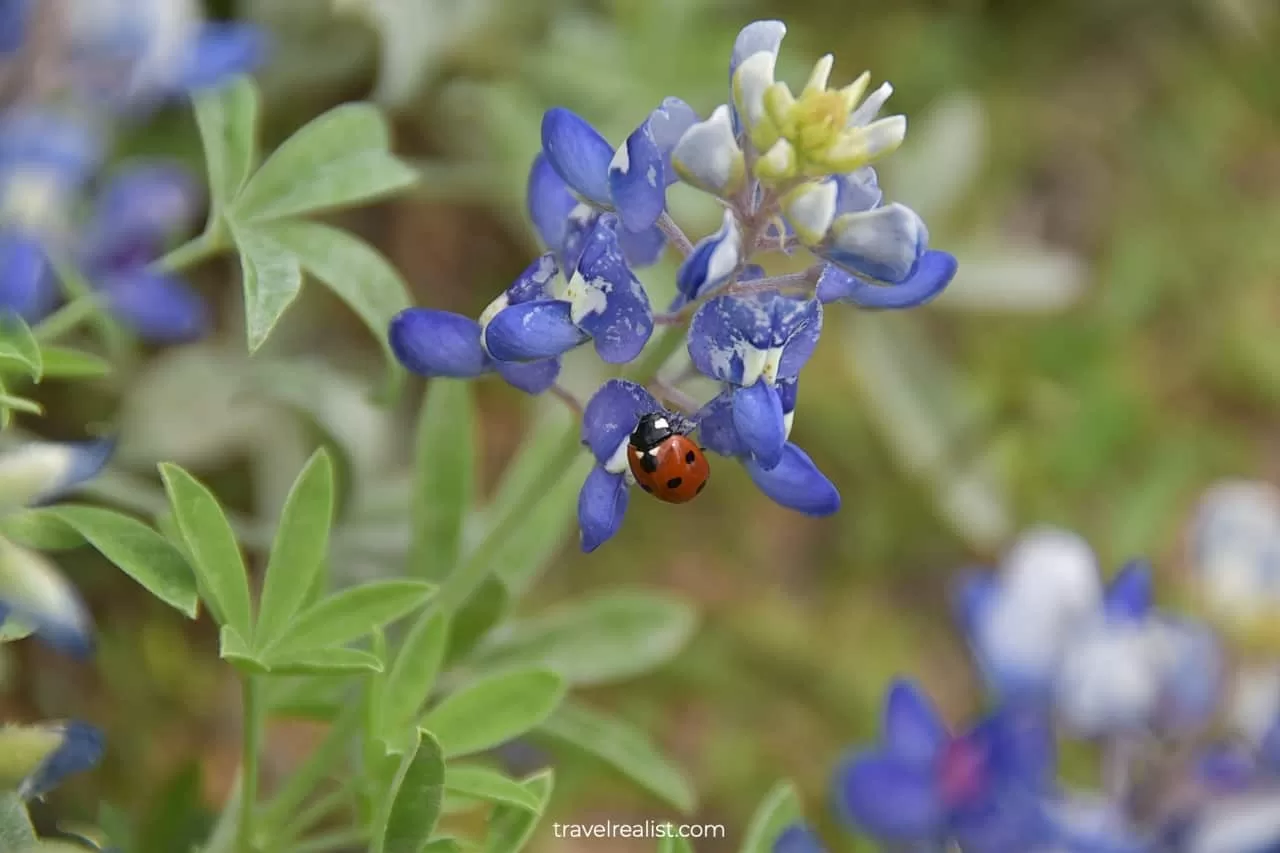
2. Hike or Bike Muleshoe Bend Trails
You are in luck if you look for a more physically involving activity on your trip to Muleshoe Bend. The park has 8 trails that total 9.8 miles (15.8 km) in distance. You could ride your bike on all these trails, too.
Even better, there is a good variety of trails based on their difficulty. They range from easy to challenging. The elevation gain is the main factor that sets the trails apart at Muleshoe Bend.
The easy trails might have little to no uphill sections. But you should expect long climbs and quick drops on the moderate and challenging trails.
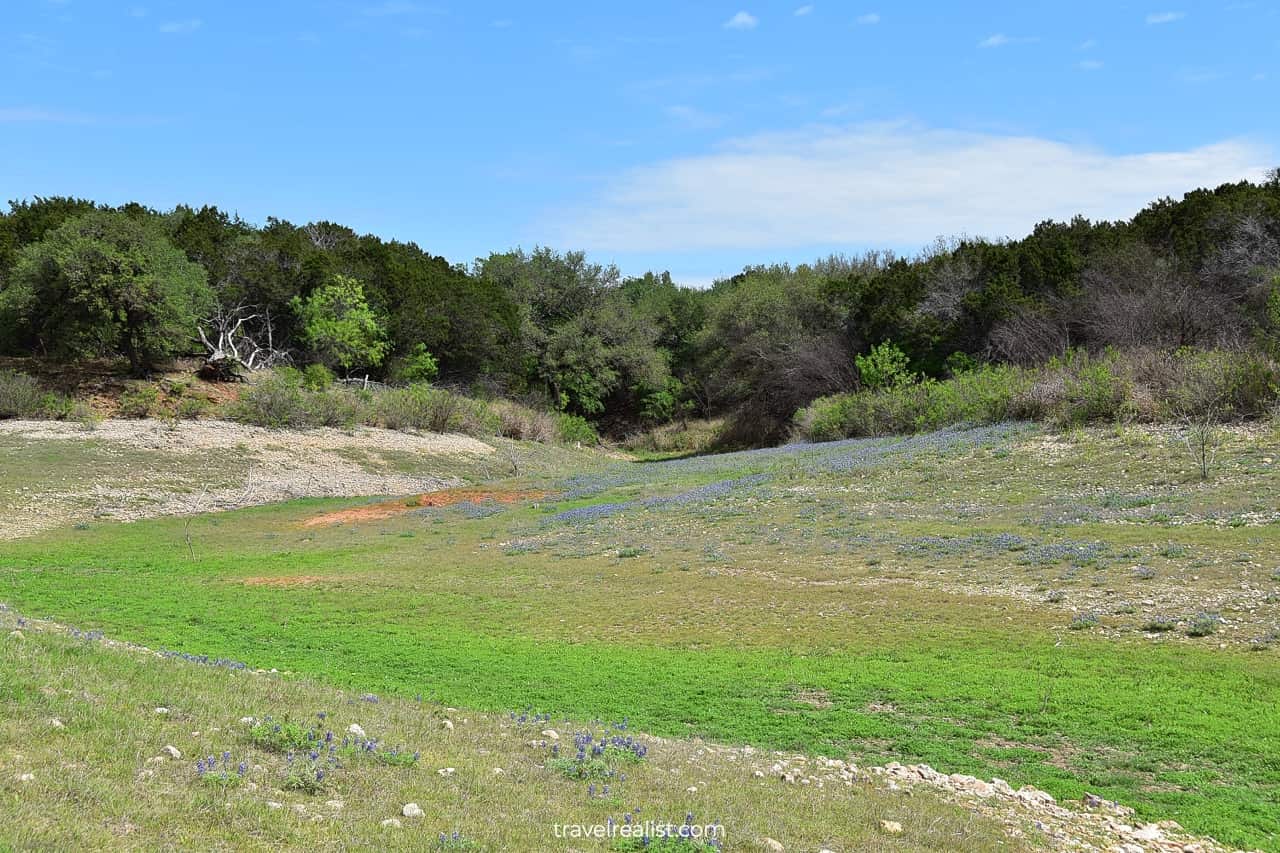
Here is a list of all trails at Muleshoe Bend Recreation Area. Look for the distance and difficulty rating for both hikers (and riders).
- Great Escape Trail: a 6.5-mi (10.5-km) loop; easy (green).
- Easy Rider Trail: a 0.7-mi (1.1-km) out-and-back service road; easy (green).
- Fishtail Loop: a 0.1-mi (0.2-km) loop; easy (green).
- Sprocket Loop: a 0.4-mi (0.6-km) loop; medium (blue).
- Short Track: a 0.3-mi (0.5-km) loop; medium (blue).
- Side Winder: a 0.3-mi (0.5-km) loop; medium (blue).
- The Recycler: a 0.8-mi (1.3-km) loop; challenging (black diamond).
- Derailleur: a 0.7-mi (1.1-km) loop; challenging (black diamond).
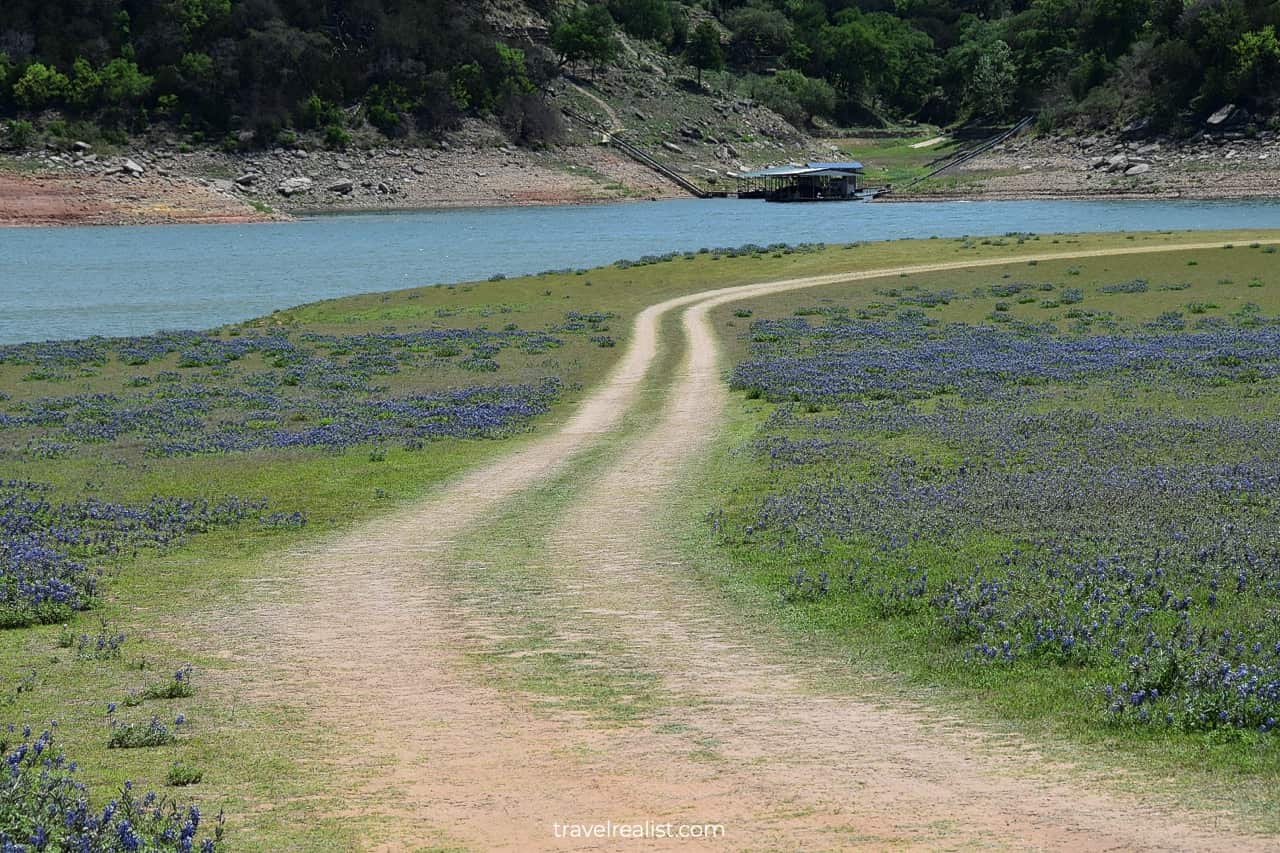
First time hikers might want to stick to the country roads at the bluebonnet fields. But if you know your limits you could take the Great Escape Trail.
It is the longest trail in the park. It also has some elevation gain. But it is not too sizable to challenge most hikers. You will gain about 396 ft (121 m) on this loop trail.
If you come to Muleshoe Bend to ride a mountain bike, get ready to cover the Great Escape Trail, too. But you will have an option to take more challenging side trails as you go along.
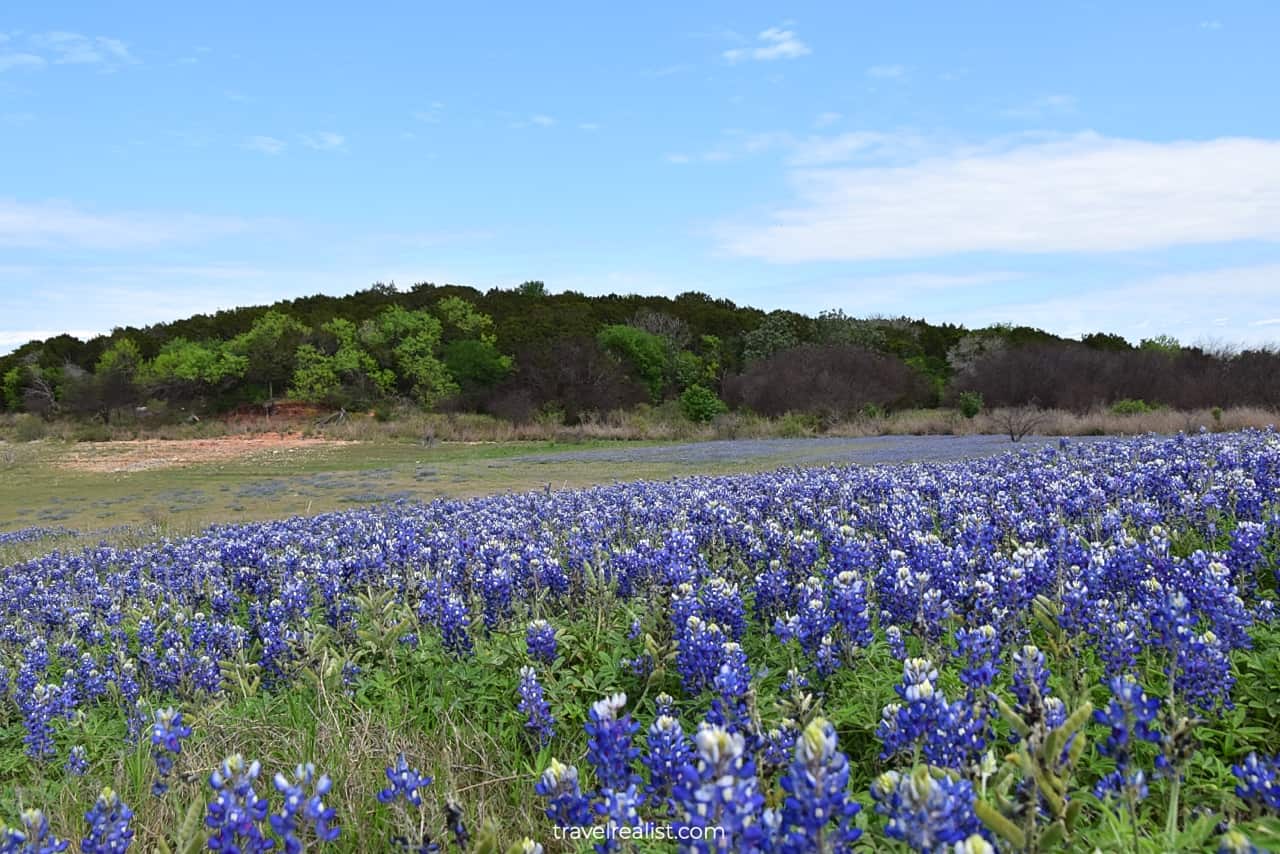
3. Camp to Enjoy Sunrise and Sunset
Muleshoe Bend is a great destination in the Texas Hill Country if you like camping. Staying at a campsite is the only legal way to remain in the park past the sunset.
Muleshoe Bend is in a rural area with little light pollution. It means a longer drive to any restaurant or a place to stay. But you could stargaze in the park if there are few clouds on the night you camp.
There are 41 campsites for you to choose from. A dozen of sites are at the Boat Ramp on Turner Farm Road. The rest of the campsites are near the bluebonnet fields.
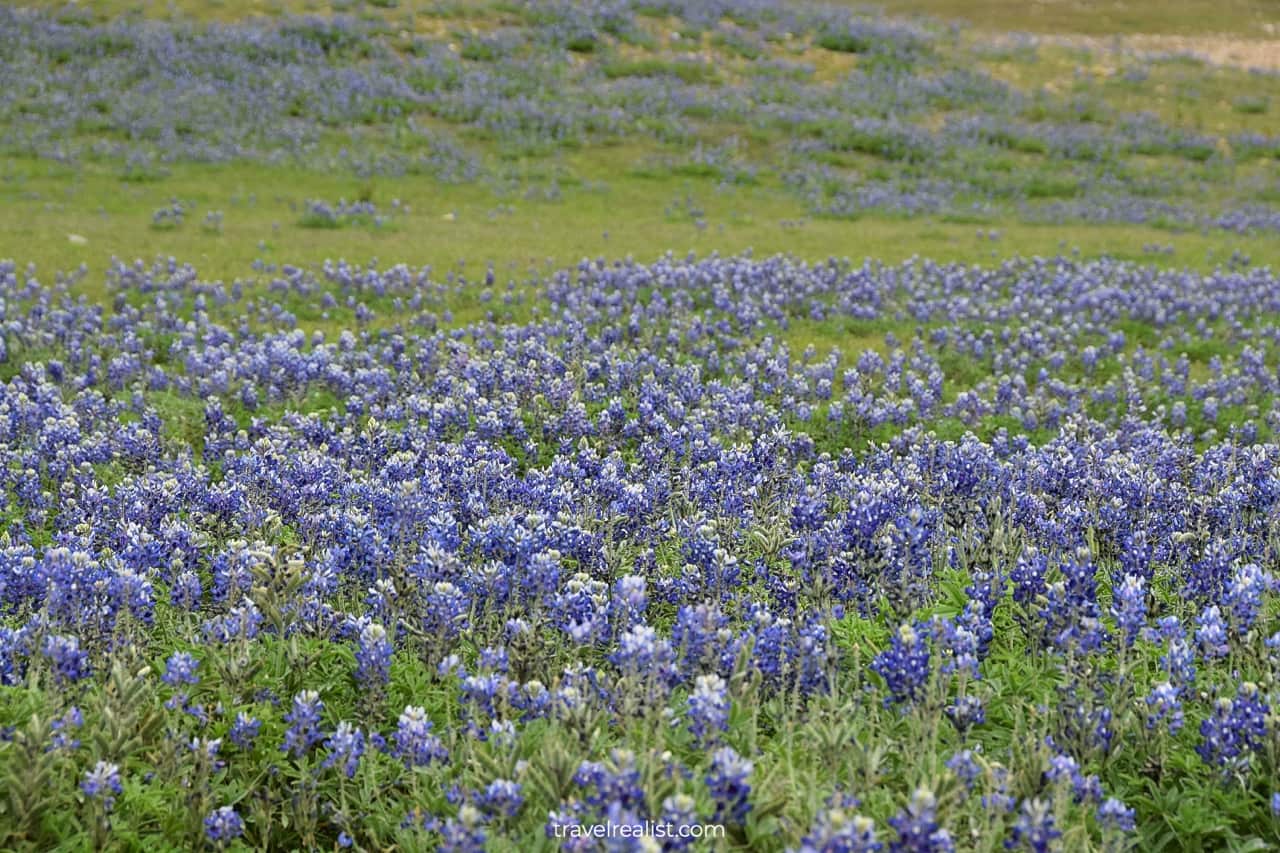
This location gives you an advantage over most visitors in the spring. You could take pictures of and in the wildflower fields before the day trip crowds arrive. This alone might be worth a $27.5+ camping fee.
Enjoy the sun rise over the blue fields. You will cherish these memories years later. This is another reason why people choose to spend the night in the park.
Of course, camping is not for everyone. There is nothing wrong with preferring a warm bed and private shower to a sleeping bag and shared facilities.
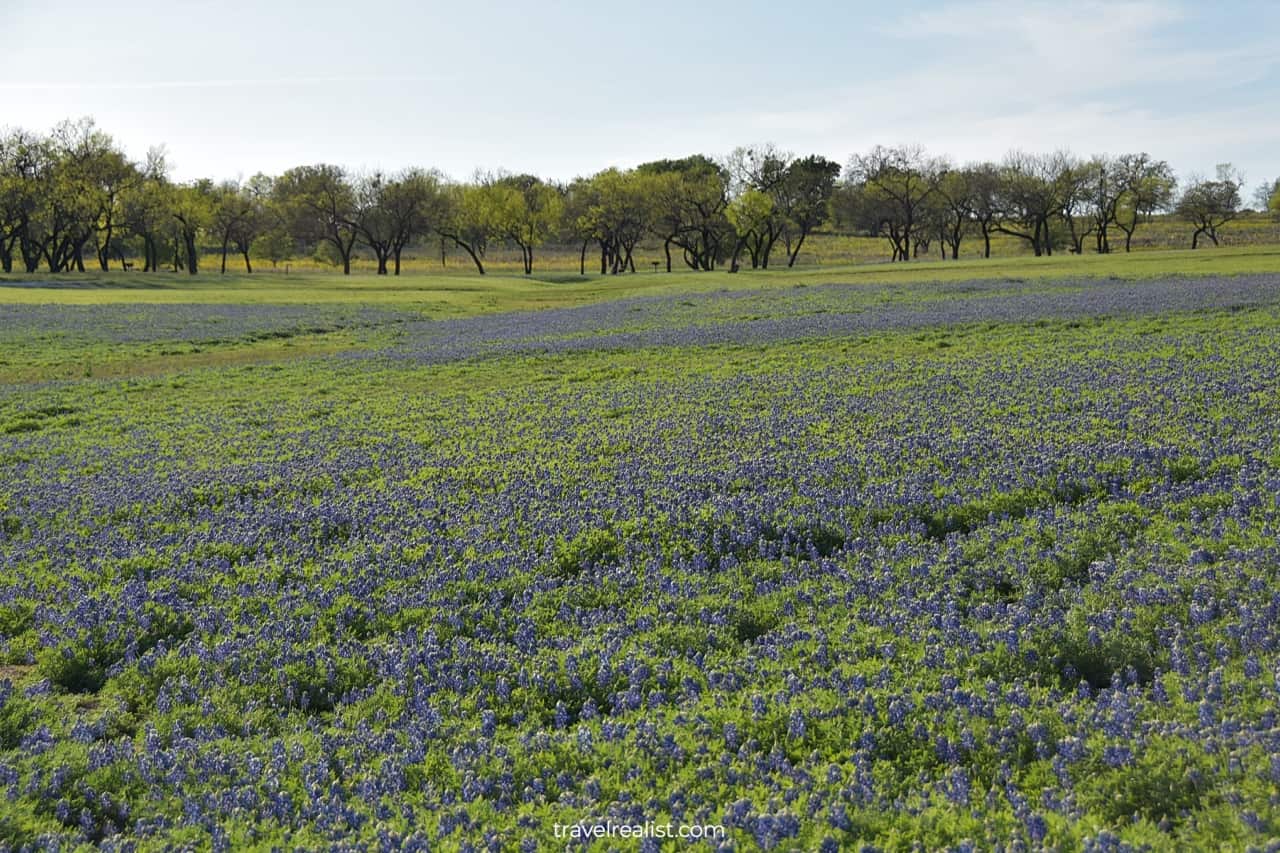
4. Go Fishing or Boating in Lake Travis
Muleshoe Bend Recreation Area is a also river park. Lake Travis on the Colorado River surrounds this park from all sides but west. As a result, there are a handful of water activities you could do at this park.
You might choose to fish in Lake Travis. But, unlike Texas State Parks, you need to have a license to fish in this park. It ranges between $0 and $1,800 depending on its duration, your age, and resident status.
Most adults would need to pay at least $11 to fish at Muleshoe Bend. This is an additional expense to consider when visiting Muleshoe Bend and any LCRA park.
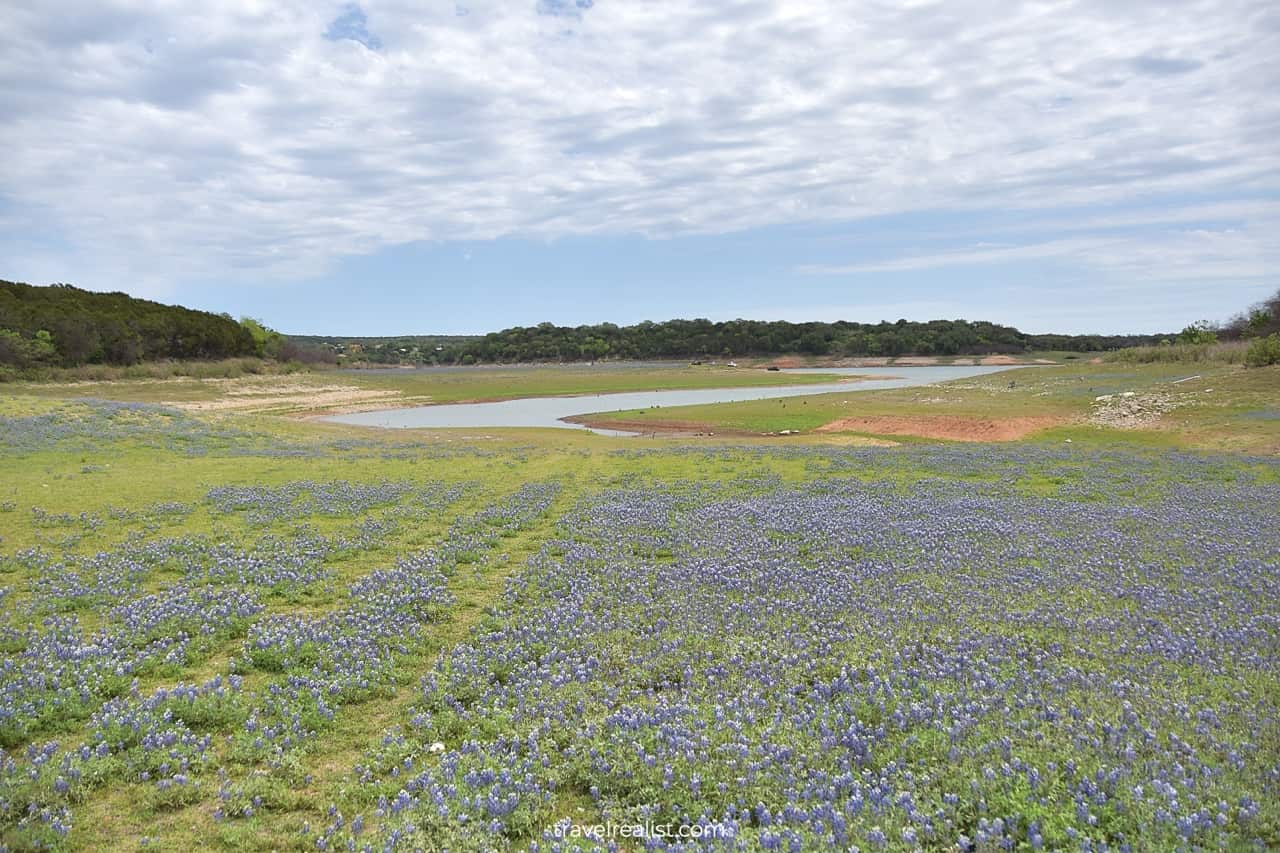
You might be able to use Muleshoe Bend’s Boat Ramp to launch your boat. But the lake water level might not be high enough for the launch. There is an ongoing drought in Central Texas.
Check this page before heading to the park if boating is your main activity at Muleshoe Bend. You might still be able to launch a kayak or a paddle board, just not a larger boat.
The park offers kayak, canoe, and paddle board rentals during the summer. Feel free to go for a swim in the lake. But remember that there are no lifeguards on duty in Muleshoe Bend Recreation Area.
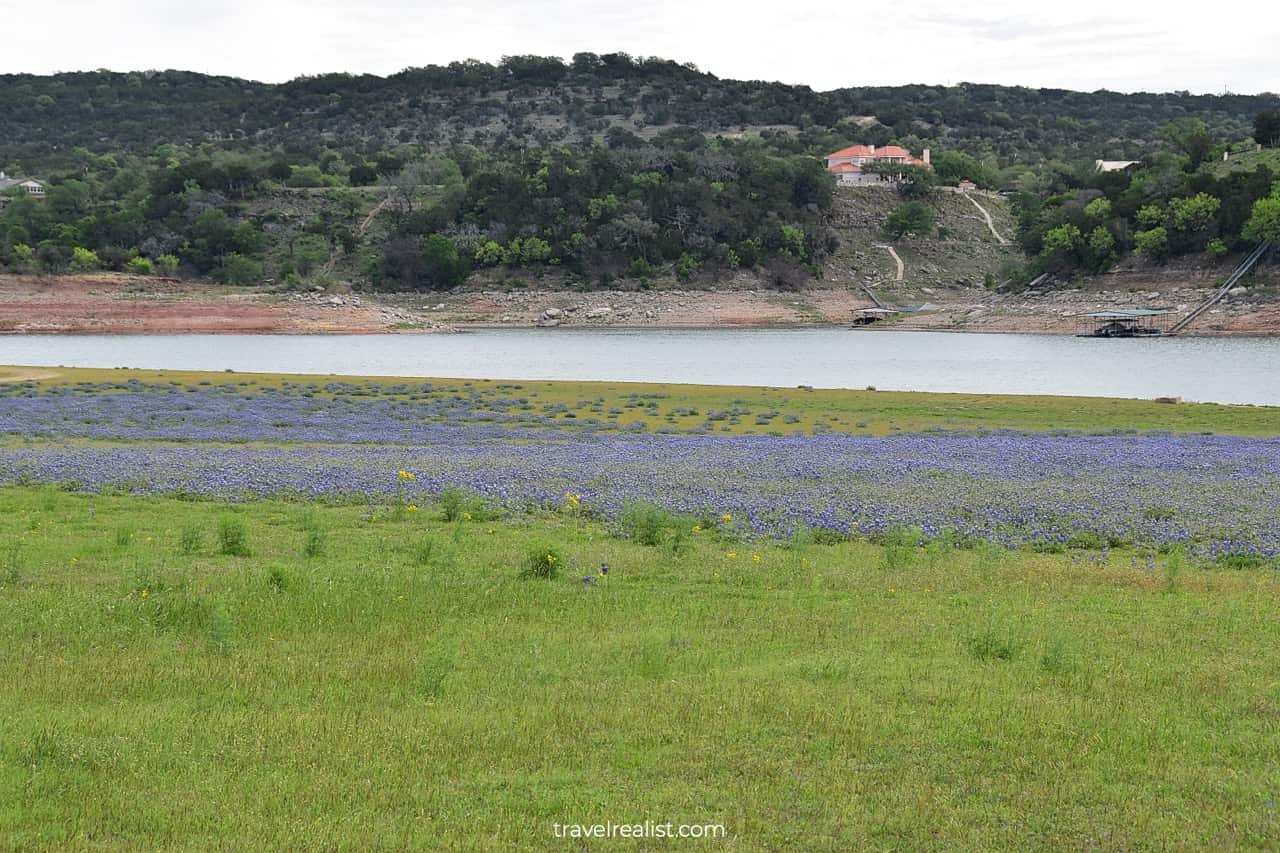
Continue with this Muleshoe Bend Recreation Area Guide. You will learn more about ways to get to the sights, entrance requirements, and places to stay.
Getting to Muleshoe Bend
Muleshoe Bend Recreation Area is a park in Spicewood, Texas. The boundary between Travis and Burnet Counties divides the park in half. All bluebonnet fields and campsites are in Travis County.
But a good number of hiking and biking trails crosses the line into Burnet County. There is no sign in the park that tells you when the counties change. Yet, it could be a fun exercise to find the county line.
Unless you reach the park on a boat from elsewhere on Lake Travis, you need to drive to Muleshoe Bend. There is only one road to this park. The first few miles (km) of County Road 414 in the park are paved.
But it becomes a gravel road as soon as you pass a t-intersection with Turner Farm Road. The latter road brings you to the campsites and a boat ramp.
Once you see the meadows on the shores of the Colorado River, the road turns into a dirt path. Both gravel and dirt path get somewhat dusty. Drive slowly to avoid car damage from rocks.
Muleshoe Bend is next to Spicewood Airport. But you will not find any commercial flights to this small airport. Instead, out-of-state visitors should fly to Austin and rent a car there.
A drive to the park is 41 miles (66 km) each way. It should take you less than an hour to get to Muleshoe Bend with normal traffic on Highway TX-71. Morning and afternoon rush hours could add 30-40 minutes.
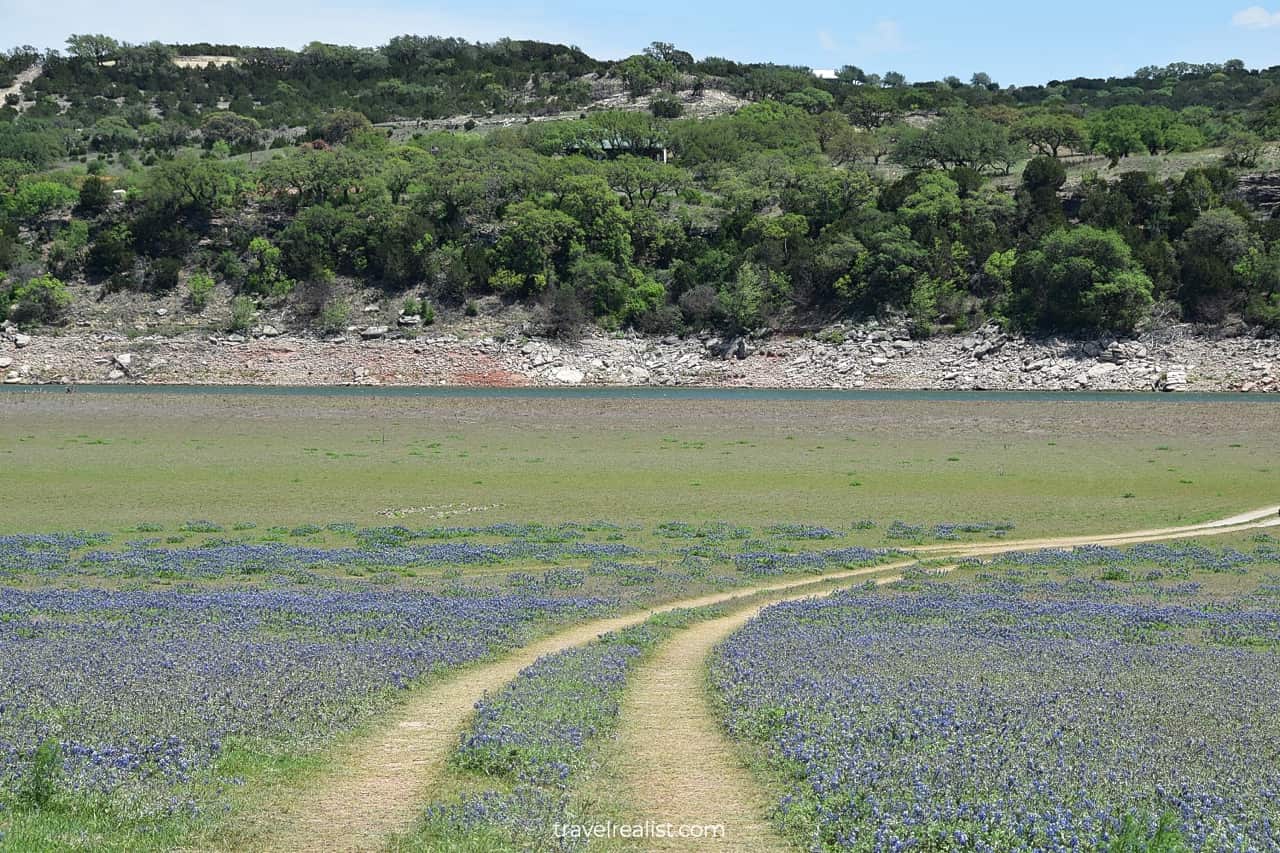
Where to Stay near Muleshoe Bend
Muleshoe Bend is in a rural part the Texas Hill Country. As a result, there are no places to stay near the park. But you have a few options if you drive 30 minutes to either Lakeway or Marble Falls.
Marble Falls is a small town on the Colorado River. You could make it your base for exploring other parks in the area like Balcones Canyonlands, Grelle, and Pedernales Falls.
It is also on the way to Inks Lake, Longhorn Cavern, Colorado Bend, LBJ Ranch, and Enchanted Rock. If you have a car and three days in the Texas Hill Country, you could easily visit all these parks.
Check out WorldMark Marble Falls and La Quinta by Wyndham Marble Falls. Both places to stay have great reviews. But they target quite different price segments.
There are also a handful of properties out east in Lakeway. Take a look at Hampton Inn and Suites Austin – Lakeway and La Quinta Inn & Suites by Wyndham Lakeway.
For a more luxurious experience consider staying at Sonesta Bee Cave Austin Hill Country. This place to stay tends to be quite expensive. But you get a lot for your money.
A little further east you should take a look at Aloft Austin Southwest and Hampton Inn Austin Oak Hill. These hotels would work best for exploring McKinney Falls and Austin the next day.
There are a lot of other places to stay in the Austin area. You could enjoy a luxurious stay at The Driskill, in The Unbound Collection by Hyatt. Or have a more affordable stay at Residence Inn Austin South.
If you get hungry after visiting Muleshoe Bend, stop by Opie’s Barbecue or It’s All Good BBQ. Both BBQ joints are perfect for meat lovers.
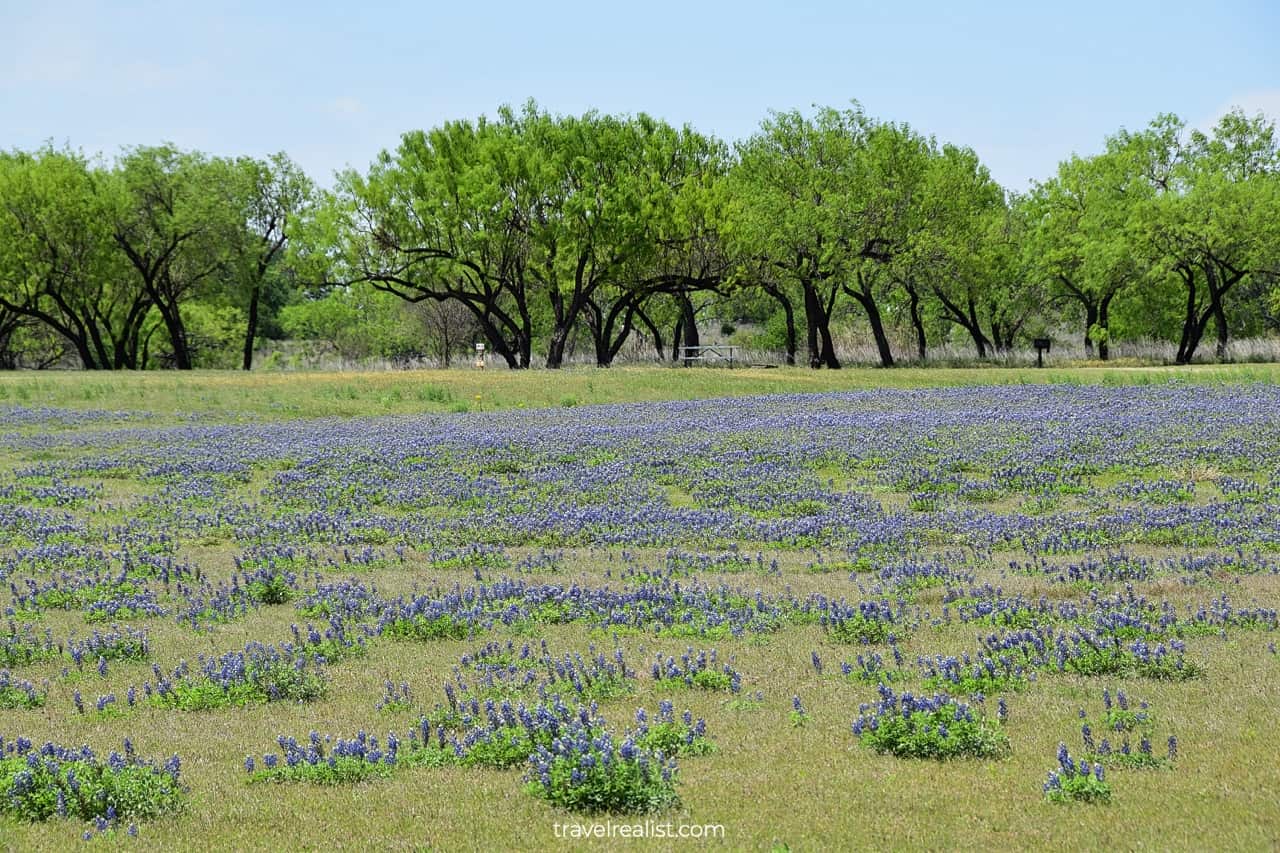
Entrance Requirements & Passes
Muleshoe Bend Recreation Area is open every day from sunrise to sunset. Some park amenities, like a toll booth, might have shorter hours.
Muleshoe Bend charges admission fees. A visit to this park will cost you $5 as an adult. Seniors and disabled persons pay $2. Kids under 13 visit free. You will pay $12 to you enter the park on a horse.
You will pay the park fees at the booth near the entrance. If the booth is closed, pull over at a self pay station. There is a machine that looks just like a parking meter. Be patient as you navigate it.
There is no way to prepay the admission fees unless you book an overnight stay at Muleshoe Bend. In this case, your camping fee includes two day passes.
You could visit other LCRA parks on the same day for free. Consider stopping by Grelle Recreation Area nearby. Or drive to McKinney Roughs Nature Park and Black Rock Park.
You cannot reserve a day pass to Muleshoe Bend in advance either. This is another area where this park falls short of Pedernales Falls, McKinney Falls, and other Texas State Parks nearby.
You could also choose to purchase an annual pass. A LCRA Annual Pass costs $150 per adult, $100 per senior/disabled, or $240 for horse riders. It grants you unlimited visits to all LCRA parks for a year.
This pass only covers admission fees for one visitor. It means that you need multiple passes if you travel as a family or a group. It is nearly impossible to get a good return on this annual pass.
Compare it to an $80 America the Beautiful and $70 Texas State Parks Pass. Both grant admission to a pass holder and their guests in the same car.
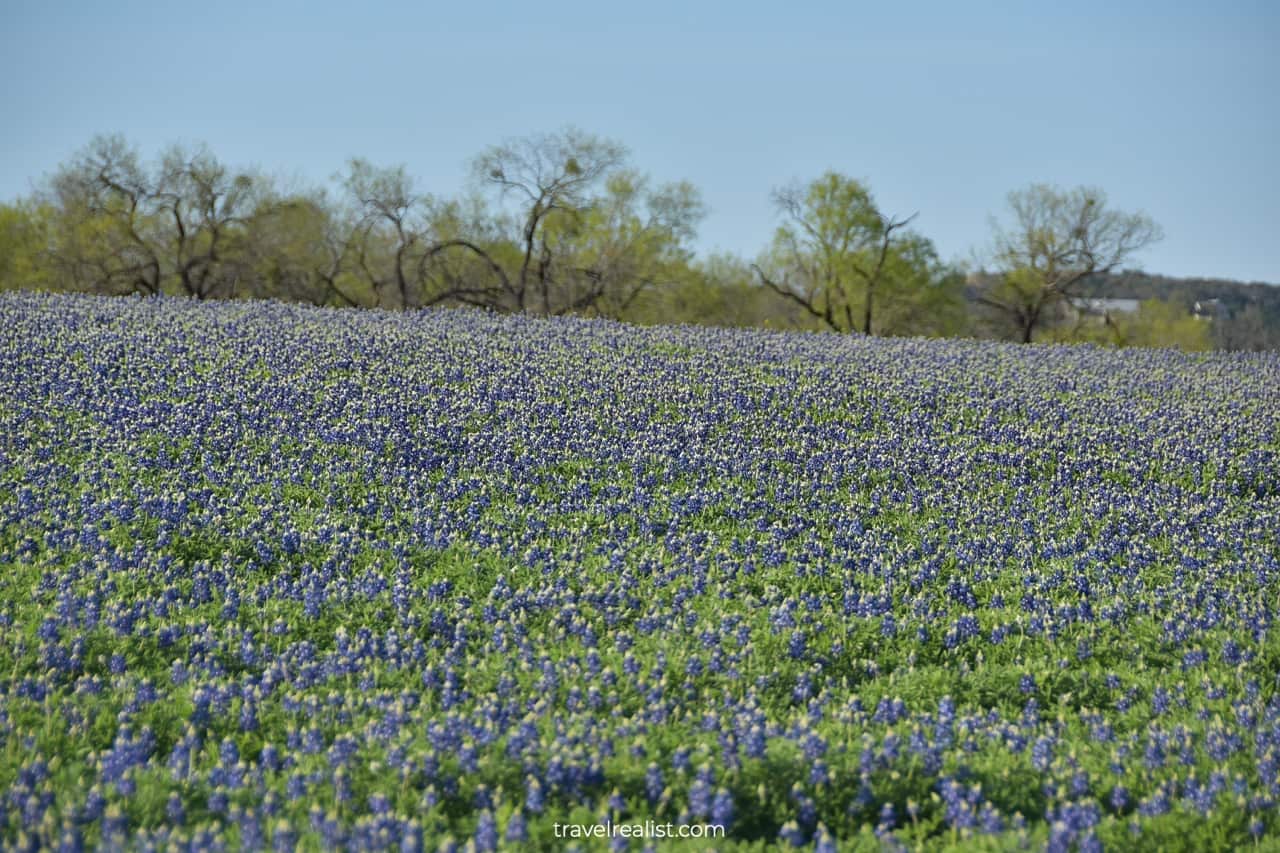
Takeaways: Muleshoe Bend Recreation Area
Muleshoe Bend is a nice destination in the Texas Hill Country. You should pay a visit to this park when bluebonnets are in bloom. You will experience wildflower fields for as far as you can see.
Avid hikers and mountain bike riders could also find Muleshoe Bend worth the drive. Easy and technical trails give you a chance to find the best route for your skill level.
The park offers a handful of ways to enjoy the Colorado River. You could rent a kayak or a paddle board or launch your own boat when the water level permits.
Muleshoe Bend is a great one-time destination on a March weekend for most people. Once bluebonnets stop blooming, the park loses a great deal of its appeal.
At $5 per day and $150 per year, this park gets too expensive to visit regularly. Go to Pedernales Falls and McKinney Falls for the Texas Hill Country views at a fraction of the price.
Take a look at this Muleshoe Bend Recreation Area Video Guide. And visit the YouTube channel for the latest videos.
Frequently Asked Questions
Muleshoe Bend Recreation Area is a park in Central Texas. It is near Spicewood on the border of Travis and Burnet Counties. The park is on the shores of Lake Travis on the Colorado River.
You could reach Muleshoe Bend in 50 minutes from Austin and 90 minutes from San Antonio.
There are a handful of things to do at Muleshoe Bend Recreation Area in Texas:
– Admire blooming bluebonnet fields in March and April.
– Ride green, blue, and black diamond mountain bike trails.
– Hike a few miles from nearly 10 miles of multi-use trails.
– Go fishing in the Colorado River if you have a license.
– Launch your boat at the ramp when the water level is high enough.
– Bring or rent a kayak, a canoe, or a paddle board.
– Swim in Lake Travis.
– Camp to stargaze and enjoy sunrise in the park.
Bluebonnets bloom at Muleshoe Bend every March and April. The peak season is different every year. Check recent photos on Google Maps and social media to time your visit to Muleshoe Bend. It makes a difference between a great and an average visit.
Muleshoe Bend is a nice park to visit once. Try to time your visit to a week when bluebonnets are in full bloom. Cooler temperatures in March and April are also perfect to enjoy the park’s hiking and biking trails.
The annual pass for this park is nearly double the price of state parks and national parks passes. Therefore, Muleshoe Bend is not an affordable place to visit regularly. Once you explored all the trails, there is little to do in this park.
Safe realist travels!


